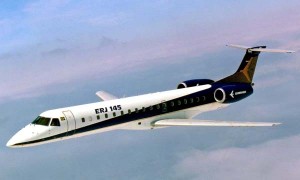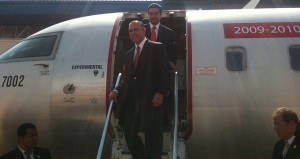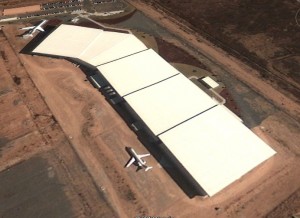 Felix Airways has announced that it intends to launch a fleet renewal program in the near future. As part of this program, the airline will be removing all of its CRJ-200 and CRJ-700 aircraft from its fleet and replacing them with other aircraft types.
Felix Airways has announced that it intends to launch a fleet renewal program in the near future. As part of this program, the airline will be removing all of its CRJ-200 and CRJ-700 aircraft from its fleet and replacing them with other aircraft types.
The airline will replace the two CRJ-200s with a pair of DHC-8Q-400 NextGen turboprops and a pair of Airbus A319s or A320s to replace the two CRJ-700s the airline operates currently.
The airline’s current fleet consists of:
7O-FAI CRJ-200ER MSN 7307 (Ex N636BR)
7O-FAJ CRJ-200ER MSN 7308 (Ex N637BR)
7O-FAA CRJ-700 MSN 10267
7O-FAB CRJ-700 MSN 10268

 According to news reports, it appears that the first Embraer ERJ-145s to be retired from service and earmarked for scrapping have been purchased by Aerovision International. The company is well known in the aviation industry for purchasing and parting out various aircraft.
According to news reports, it appears that the first Embraer ERJ-145s to be retired from service and earmarked for scrapping have been purchased by Aerovision International. The company is well known in the aviation industry for purchasing and parting out various aircraft.

